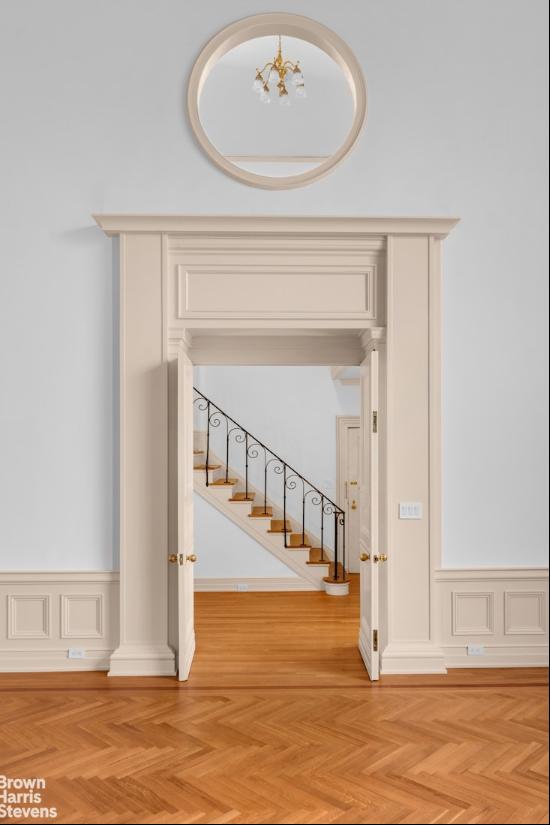
By Kathryn Scanlan
I’d like to live at 19 Cranberry Street in Brooklyn Heights, the house that plays a central role in Norman Jewison’s 1987 film, Moonstruck. However, because this is a real address, I’ll specify that I don’t want to live in the house as it is today — chillingly, “tastefully” renovated, recently purchased by the actor Amy Schumer for $12mn — but the house as it is in the film: an old, stately, solid, handsome brick house, comfortable and well-preserved, not fancy, in a neighbourhood that’s not fancy, within walking distance of a liquor store owned by a charming, quarrelsome couple, grocery stores and bakeries run by friends and family members, a good red sauce restaurant staffed by people you know (Bobo!), and a graveyard and a moon-gazing spot near the water where you and your dogs can enjoy a late night outing.
The film version of the house is decorated like an elder’s house, a grandparent’s house: black and white photographs in polished wooden frames, crochet throws, muted rugs, passé antique furniture protected by lace antimacassars. It has the original marble-mantled functioning fireplaces (to build a fire with wood in a house in the city is a deep dream). The style isn’t what I’d choose, but that’s the point. I’ve spent a lot of money and time trying to paint and arrange a rental to suit my taste, to feel like home — what a waste! Because those apartments, as was repeatedly demonstrated to me, often cruelly, were not mine.

In the film, which starred Cher and Nicolas Cage, this is a family house, where an immigrant grandfather (and grandmother, before she died), his five dogs, his son, his son’s wife, his son’s daughter, her brother (before he got married and moved to Florida), and, soon, her new husband (plus any children they might have) all live together. In the film’s final scene, the whole group — plus an additional aunt, uncle, and brother — are in the big bright kitchen on a winter morning eating oatmeal, airing grievances, making declarations, then pouring celebratory flutes of sparkling wine. “Alla famiglia! To family!”
The old-fashioned house mirrors the old-fashioned arrangement of multigenerational habitation. Of course many people live this way, now. Of course it can be difficult — or harmful or impossible — to live with family. The relational difficulties of the film’s fiction are funny (“Old man, you give those dogs another piece of my food, I’m gonna kick you till you’re dead”), but this family has money and space, which helps. I find their arrangement incredibly appealing, which makes me feel slightly regressive, traditional, conservative. But then I think the American agenda to separate the family — each nuclear unit living in its own house, hopefully in the suburbs, with grandparents in a condo or care facility — might be more so.

It’s a film about Italian immigrants in New York without a single mention of the mafia. Potentially vulnerable characters — an older woman, an elderly man, a middle-aged woman — walk alone at all hours of the day and night, unafraid. I can’t think of another film about New York in the 1980s that doesn’t portray the city as at least a little dangerous. Instead, the surrounding neighbourhood and community become an extension of the film’s main family — which is how city living can be, and should: a big group, moving independently, sometimes getting along, sometimes not, collaborating on their collective home.
Kathryn Scanlan is the author of Kick the Latch and The Dominant Animal, both published by Daunt Books.
Photography: Landmark Media/Alamy; Wenn Rights Ltd/Alamy; TCD/Prod.DB/Alamy




















